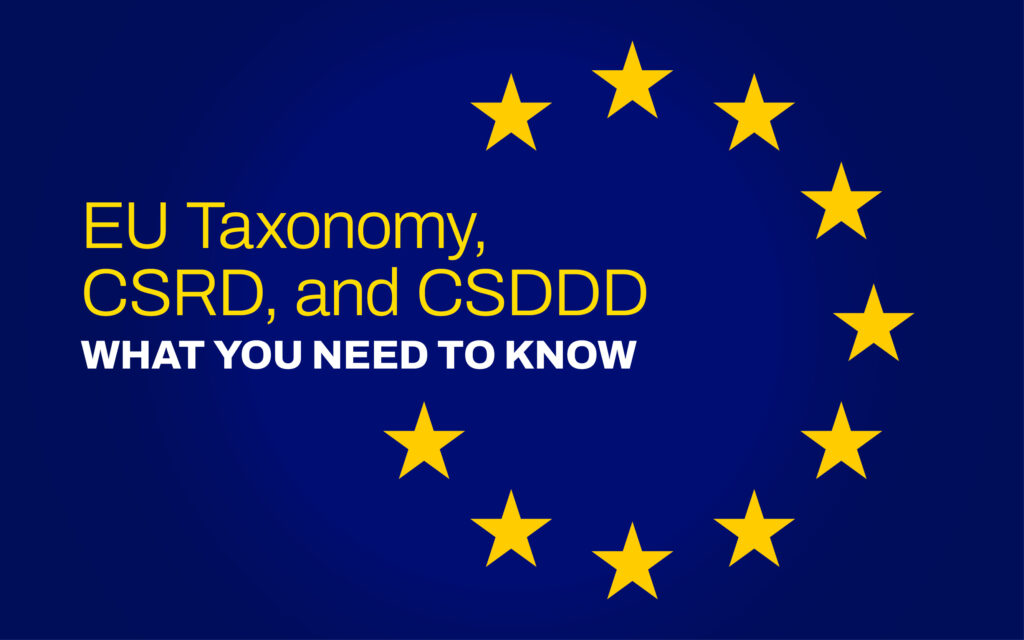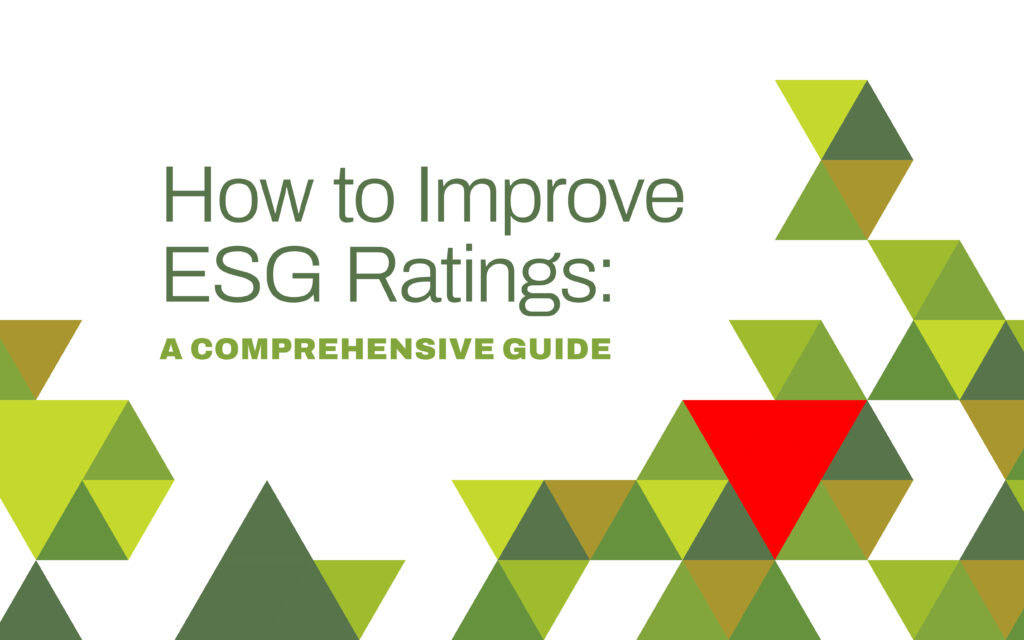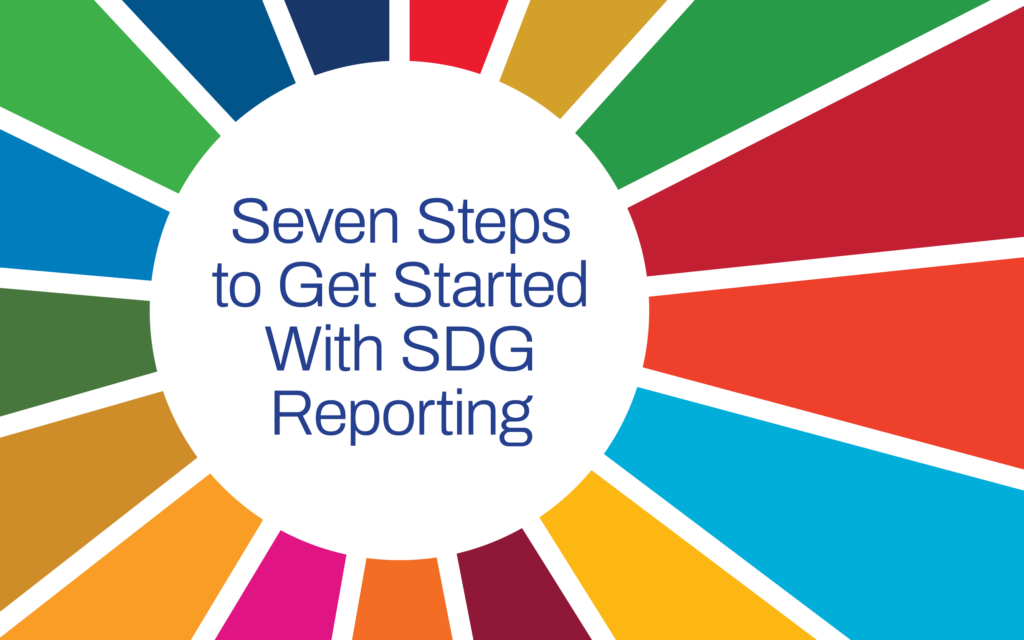EU Taxonomy, CSRD, and CSDDD: What You Need to Know
Sustainability & ESG / July 17, 2024
By Mary Riddle, Vice President, Sustainability Strategy

Navigating the landscape of sustainability reporting can be complex. The European Union (EU) has introduced several directives to guide this process.
Among these are three pivotal regulations:
- the EU Taxonomy,
- the Corporate Sustainability Reporting Directive (CSRD), and
- the Corporate Sustainability Due Diligence Directive (CSDDD).
While each of these frameworks serves distinct purposes, their interactions create a comprehensive approach to corporate sustainability reporting, ensuring that businesses contribute positively to environmental and social objectives.

RELATED ARTICLE
Global ESG Regulations: What They Mean for Your Organization
Understanding the EU Taxonomy
The purpose of the EU Taxonomy is to define sustainability from a legal standpoint. It uses scientific criteria to create a definition and scope of sustainable activities.
The EU Taxonomy is a classification system that defines which economic activities are considered environmentally sustainable with the goal of channeling investments towards sustainable projects that can facilitate the EU’s transition to a low-carbon, resource-efficient economy.
Companies included in the CSRD scope must report in accordance with the EU Taxonomy to meet regulatory requirements. The Taxonomy Regulation establishes the framework for defining economic activities as sustainable.
Companies that are scoped into CSRD must report against the EU Taxonomy in order to comply with regulations. The Taxonomy Regulation sets the flow for how economic activity can be defined a sustainable using the following criteria:
The Six Environmental Objectives
The Taxonomy includes six environmental objectives. These are:
1. Climate Change Mitigation
2. Climate Change Adaptation
3. Sustainable Use and Protection of Water and Marine Resources
4. Transition to a Circular Economy
5. Pollution Prevention and Control
6. Protection and Restoration of Biodiversity and Ecosystems
Technical Screening Criteria
For an activity to be considered sustainable, it must pass through three levels of accountability. First, the activity must substantially contribute to at least one of the six objectives above. Next, it must avoid negative impacts on the other five objectives and do no significant harm (DNSH). Finally, the activity must comply with minimum social safeguards.
Companies included in the EU Taxonomy are required to must disclose the environmental sustainability of their activities by reporting on three key performance indicators (KPIs) how their activities are environmentally sustainable by reporting against three main KPIs: the share of sustainable activities by turnover, capital expenditure (capex), and operational expenditure (opex).
Additionally, companies must provide details, including the methodology used to calculate turnover, capex, and opex and any other relevant contextual information that could clarify fluctuations in the KPIs.
Reporting Requirements
The disclosures must include three mandatory tables, one for each of the KPIs, along with a revenue breakdown associated with Taxonomy-aligned activities, eligible but not aligned activities, and non-eligible activities.
Corporate Sustainability Reporting Directive (CSRD)
CSRD is a new regulatory framework introduced by the European Union aimed at enhancing and standardizing sustainability reporting across companies operating within its jurisdiction. Adopted in 2021, CSRD mandates comprehensive sustainability reporting for large companies, both public and private.
Expanding the Scope of Sustainability Reporting
This directive expands the scope of its predecessor, the Non-Financial Reporting Directive (NFRD), by increasing the number of companies required to report and specifying more detailed and stringent disclosure requirements.
The CSRD requires companies to report on a wide range of sustainability issues. These include environmental rights, social rights, human rights, and governance factors. This broad scope reflects the EU’s commitment to the United Nations Sustainable Development Goals (SDGs).
To learn more about SDGs, read our article: Seven Steps to Get Started With SDG Reporting.
Detailed Reporting Requirements and Assurance
CSRD establishes a robust standard for the transparency and accountability of corporate sustainability reporting. Companies required to report under the CSRD must disclose how and to what extent their activities align with the EU Taxonomy.
The tables and disclosures required by the Taxonomy Regulation must be included in a company’s sustainability report. This helps ensure that reported sustainability metrics are not only comprehensive and comparable but also consistent with broader EU sustainability goals.
Both CSRD-aligned reports and EU Taxonomy disclosures must be verified by third-party assurers.
Impact on Companies and Stakeholders
The CSRD will have significant implications for companies and stakeholders. For companies, it will likely increase the quality and scope of data available to investors, policymakers, and other stakeholders. For stakeholders, it will enhance transparency and comparability of sustainability information, facilitating better decision-making.
Corporate Sustainability Due Diligence Directive (CSDDD)
CSDDD is a directive designed to ensure companies address adverse human rights and environmental impacts throughout their value chains. It also requires companies to adopt and implement a Paris-aligned transition plan.
The directive will apply to EU companies of a certain size and to non-EU companies active in the EU market.
CSRD focuses on how companies must report and disclose their impacts.’ CSDDD seeks to modify corporate behavior through requiring companies to:
- Identify and assess actual or potential adverse impacts of their operations
- Prevent or mitigate these impacts, including through remediation
- Establish and maintain a complaints procedure
- Monitor the effectiveness of their due diligence measures
- Publicly communicate on their due diligence
Due Diligence for Human Rights and the Environment
The CSDDD requires companies to identify, prevent, mitigate, and account for adverse impacts of their activities. These impacts include those on human rights and the environment. The directive emphasizes the importance of due diligence as a continuous process.
Implications for Global Supply Chains
The CSDDD will have significant implications for global supply chains. It will hold companies accountable for their supply chains, extending responsibility beyond direct operations. This will require due diligence throughout the value chain, including indirect relationships.
Both the EU Taxonomy and CSRD focus on promoting activities that support environmental sustainability. The CSDDD adds a critical dimension by emphasizing the need to address social impacts, including human rights.
The scope of companies required to adhere to the EU Taxonomy, CSRD, and CSDDD are not identical, but they largely overlap.
Integrating EU Taxonomy, CSRD, and CSDDD into Corporate Strategy
The integration of EU Taxonomy, CSRD, and CSDDD will lead to a comprehensive ESG framework for companies operating in the EU. This will require companies to adapt their strategies and reporting processes to comply with these directives. Stakeholder engagement will be crucial in the implementation of these directives.
Adapting to a Comprehensive ESG Framework
Companies will need to integrate ESG factors into their core business models. This will involve a multi-stakeholder approach, involving investors, civil society, and public authorities. The directives will likely lead to increased demand for ESG expertise and data management solutions.
Benefits of Alignment and Compliance
Alignment with EU Taxonomy can potentially unlock access to green financing and investment. The directives aim to enhance transparency and comparability of sustainability information. The CSRD will likely increase the quality and scope of data available to investors, policymakers, and other stakeholders.
Challenges and Solutions for Implementation
The directives will require robust data collection and reporting systems. Companies may face challenges adapting to these requirements, but solutions are available. These include investing in ESG expertise, data management solutions, and stakeholder engagement strategies.
How OBATA Can Help
Compliance with these frameworks requires companies to adopt a cross-cutting strategic approach to sustainability across all operations.
Companies must report on their sustainability practices, align their activities with environmental goals, develop and implement Climate Transition Action Plans, and ensure due diligence in their value chains.
While this will ultimately lead companies to adopt increasingly sustainable and responsible business practices, many companies do not yet have the necessary skills or resources to ensure compliance.
Reach out to us to start a discussion on how OBATA can help your company prepare for CSRD and CSDDD.


